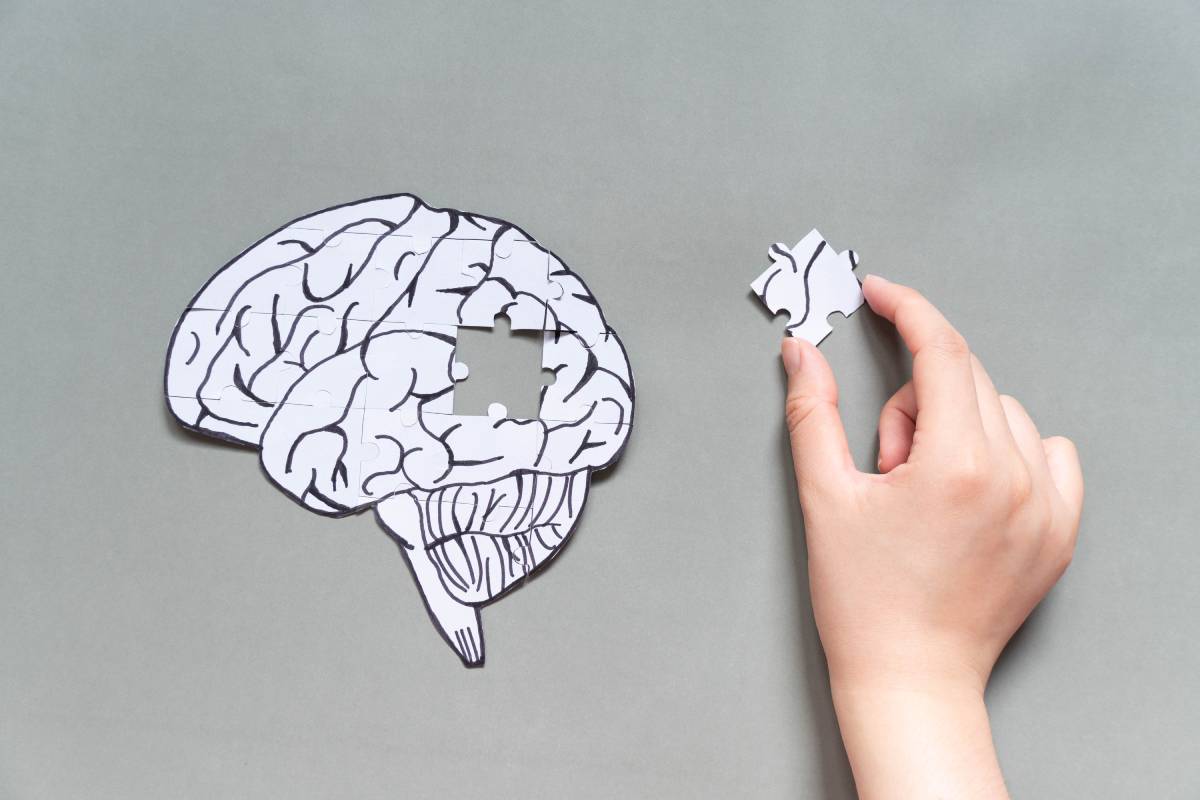Understanding how their students’ memories work is a fascinating learning area for many teachers. Improving your knowledge of how memory works is always beneficial as it will positively impact teaching strategies.
Getting to the bottom of cognitive science can be difficult, but here are some publications that are enjoyable to read and informative.
The Seven Sins of Memory by Daniel Schacter
Memory at Work in the Classroom by Francis Bailey and Ken Pransky
Teacher Toolkit Guide to Memory by Ross Morrison McGill
In this guide, we will explore some of their insights into understanding memory that may help teachers improve the effectiveness of their teaching strategies in the classroom.
Insights into the Workings of Memory
Learning about memory will encourage teachers to adapt their teaching and help them introduce activities and strategies that will improve retention and recall in their classroom.
Let’s explore the information about memory and retention from the above publications in more detail.
The Seven Sins of Memory by Daniel Schacter
This book focuses on the understanding that memory is flawed. This leads to students forgetting or misremembering facts. Finding out more about memory errors allows teachers to adapt their teaching to improve memory retention.
In The Seven Sins of Memory, Schacter explores the seven memory flaws in detail. Here is a brief summary of his ideas.
- Transience: Where memories are lost over time. Teachers can help by using reinforcement.
- Absent-mindedness: Due to poor concentration. Teachers can offer mindfulness activities to improve focus.
- Blocking: Where a student cannot recall a fact that they know they have learned. Teachers can provide cues to minimise blocking.
- Misattribution: False memories caused by assigning a memory incorrectly. Teachers can use fact-checks to improve accuracy.
- Suggestibility: Where leading questions or suggestions distort memories. Open questioning will improve misinformation.
- Bias: Where memories are affected by a student’s belief system. Teachers can challenge assumptions and encourage open minds.
- Persistence: Unwanted memories can be very resolute. Creating a supportive learning environment will help students to manage their emotions.
Memory at Work in the Classroom by Francis Bailey and Ken Pransky
This study shows how memory plays an important role in learning. Teachers will benefit from the actual classroom examples used to explain the different types of memory. It covers the following aspects of memory:
Working Memory: the access point to learning
Executive Function: required to organise the memory system
Semantic Memory: long-term memory used for learning concepts and words greatly affected by culture.
Episodic Memory: multisensory memories of everyday events
Autobiographical Memory: a sense of self and relates to motivation
Teacher Toolkit Guide to Memory by Ross Morrison McGill
This book is excellent for teachers as it is entirely evidence-based but easy to read.
The explanations offer clear visuals of the workings of the memory and include plenty of original ideas based on the author’s own teaching practice.
It also includes suggestions for implementing the theories in the classroom to improve retention and recall.



